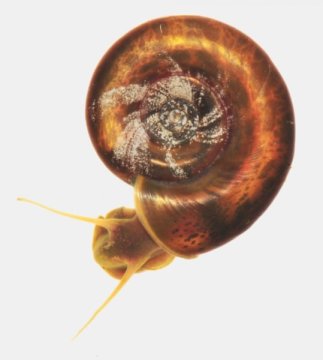“Sequencing and characterizing the genome of [the Ram’s head snail] has given us a lot of information into its biology,” said [University of New Mexico Associate Professor Coenraad], who is also part of UNM’s Center for Evolutionary and Theoretical Immunology (CETI) that has played a pivotal role in this project.
[The Ram’s Horn snail], which lives only in tropical climates, plays a significant role in the lifecycle of a parasitic disease called schistosomiasis, also known as snail fever or bilharzia. The parasite infects the snail early on its life, essentially taking over the snail’s body, impacting its reproductive and metabolic processes. Once fully developed, the parasite leaves the snail, later infecting a human host through contact in water.
Schistosomiasis is a chronic parasitic disease. According to the World Health Organization (WHO), more than 66 million people were reported to have been treated for the disease in 2015, with another 218 million people requiring preventative treatment. On top of that, nearly a quarter of a million people die from snail fever every year, just in sub-Saharan Africa.
“After malaria, this is the worst parasitic disease on the planet,” said Adema. “So, being able to do work that may help improve global human health outcomes it is a very important motivation for my research.”
“This is an important contribution to better understanding infectious disease,” he said. “It also gives us information on regulation of gene expression, comparative immunology, embryology, general biology of snails, animal evolution and many other things.”
[Read the full study here.]The GLP aggregated and excerpted this blog/article to reflect the diversity of news, opinion, and analysis. Read full, original post: Using genomics to fight deadly parasitic disease































